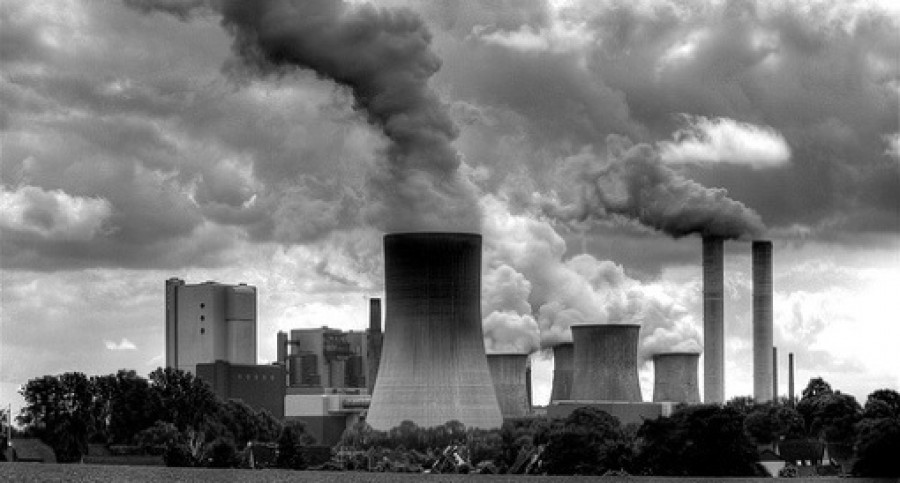India’s coal plants
April 28, 2017 | Expert Insights

India’s proposed plan to build 370 coal fired power plants may jeopardize the efforts of achieving the Paris Agreement goals of reducing global warming. The Paris Agreement of the United Nations aims to undertake efforts to combat climate change, by keeping the temperature rise of this century below two degree Celsius. It requires the nations to strengthen these efforts through Nationally Determined Contributions (NDC) which is prepared in advance by the countries.
What is NDC?
National Determined Contributions is a term used under the United Nations Framework Convection on Climate Change (UNFCCC) for reducing the emission of greenhouse gases by all the countries that signed the UNFCCC. The climate actions undertaken by them to achieve the long term goals of the Paris Agreement are outlined.
Analysis
India stands second among countries planning the new coal power, after China. It has about 87 billion metric tones of coal, which makes it highly dependent on it. Coal made up for 63% of India’s electricity capacity in 2016, 28% of which came from low carbon sources. A major pledge in India’s NDC is to ensure that 40% of its installed electricity capacity is made up of low-carbon sources by 2030. Yet, 1,76,883 MW worth of new coal capacity is planned in India. If built, these plants would increase the coal fired capacity, which would in turn increase the carbon dioxide level much beyond the predetermined global average of carbon dioxide.
Assessment
The proposed plan of building new coal power plants is to meet the increasing population demands and also for the economic growth and development of the country. While complying with the NDC pledge, along with building the proposed coal plants, would mean overall electricity supply would exceed beyond the country’s projected future electricity demand. Studies reveal that the existing plants are incompatible with the international climate commitments and the coal plants being built already are not needed till at least 2024. This would create non performing assets, which would be a colossal waste of money. Thus, there can be no back tracking by India from the Paris Agreement, and the level of ambition to reduce the carbon dioxide level, must increase with time.








Comments